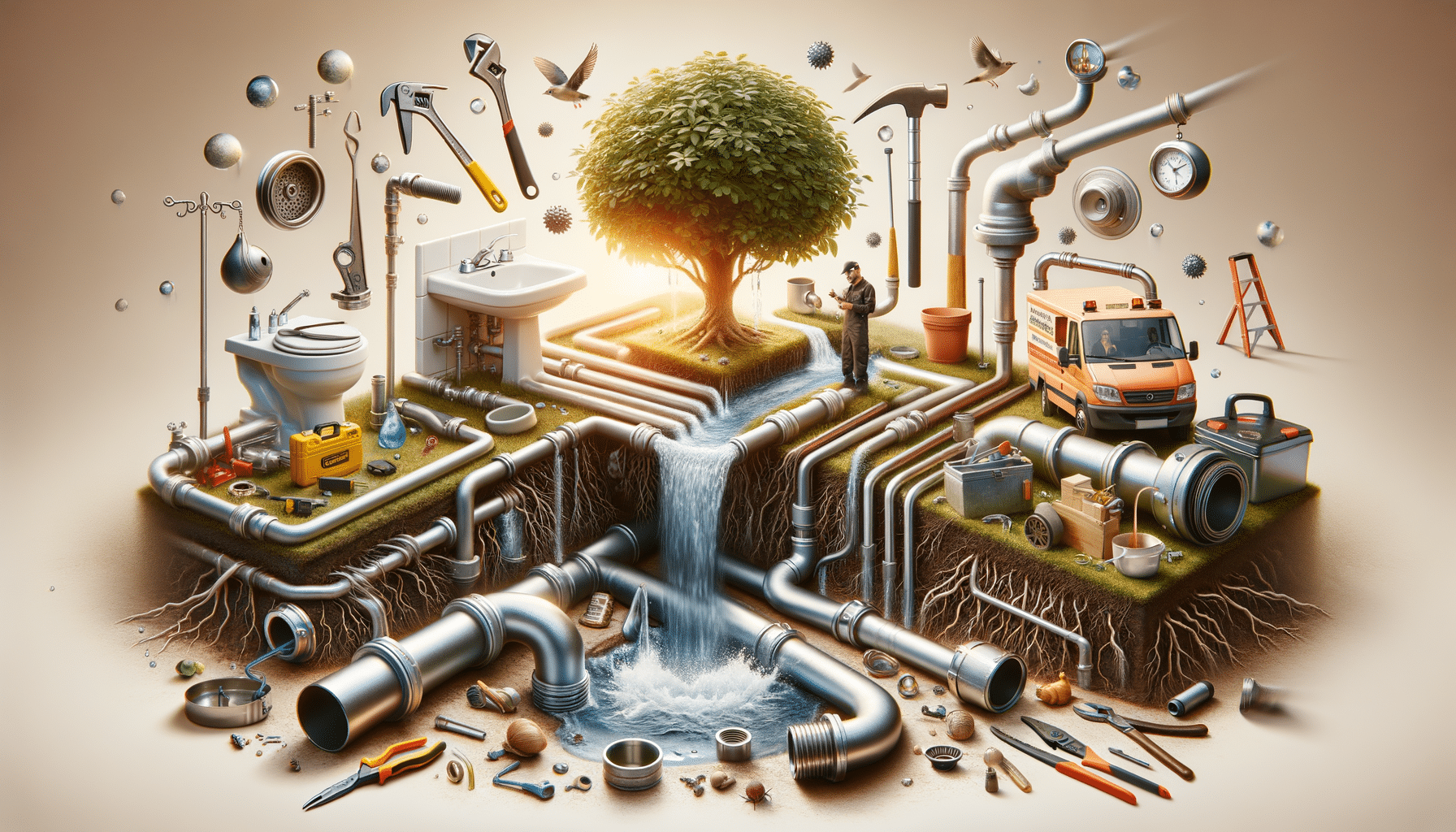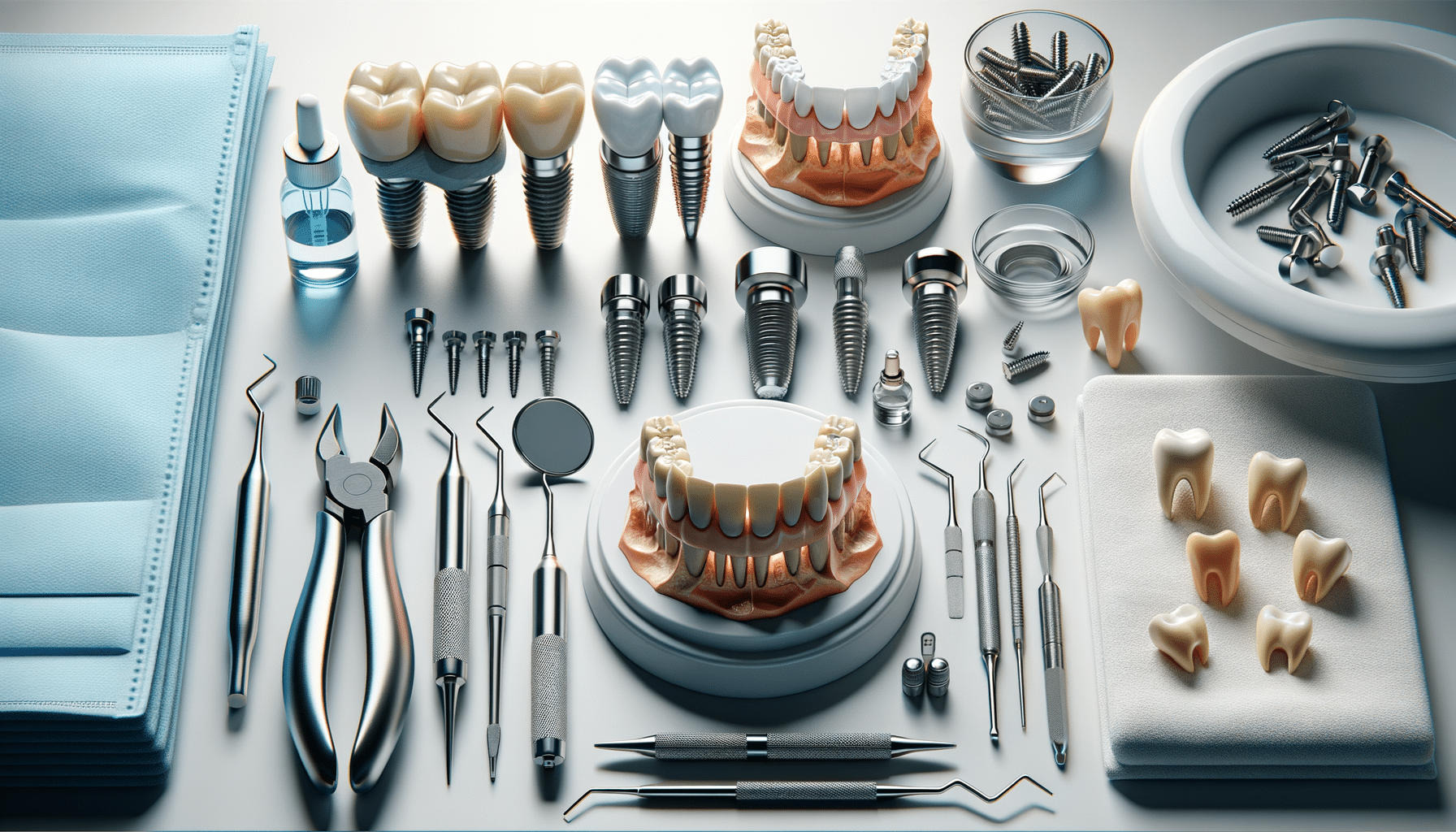
A professional guide on how to repair and respond to a variety of common plumbing problems
Introduction to Common Plumbing Problems
Plumbing issues are a common household challenge that can disrupt daily life. Whether it’s a dripping faucet or a clogged drain, these problems require timely intervention to prevent further damage. Understanding how to effectively address these issues not only saves money but also ensures your home remains a comfortable and functional space. This guide will delve into various common plumbing problems, offering practical solutions and preventive measures.
Dealing with Leaky Faucets
A leaky faucet is more than just an annoyance; it can lead to significant water wastage over time. The constant drip, drip, drip can also drive up your water bill. To fix a leaky faucet, start by turning off the water supply. Remove the faucet handle by loosening the screws, then replace the worn-out washer or O-ring, which is often the culprit. Reassemble the faucet and turn the water supply back on to check for leaks. Regular maintenance and timely repairs can help prevent this issue from recurring.
Unclogging Drains Efficiently
Clogged drains are another frequent plumbing problem, often caused by hair, soap residue, or food particles. To unclog a drain, you can use a plunger to create suction and dislodge the blockage. Alternatively, a mixture of baking soda and vinegar can be poured down the drain to break down the clog naturally. For more stubborn blockages, a plumbing snake may be necessary. Regular cleaning and avoiding pouring grease or large food particles down the drain can help prevent clogs.
Fixing Running Toilets
A running toilet can waste a significant amount of water, leading to increased utility bills. This issue often arises from a faulty flapper or fill valve. To address it, remove the toilet tank lid and inspect these components. Replacing a worn flapper or adjusting the fill valve can usually resolve the problem. Ensuring all parts are properly aligned and free of debris will help maintain the toilet’s efficiency. Regular checks and maintenance are key to preventing future issues.
Addressing Low Water Pressure
Low water pressure can make daily tasks like showering or washing dishes frustrating. It may be caused by mineral buildup in pipes, leaks, or issues with the municipal water supply. To improve water pressure, check for leaks and clean faucet aerators and showerheads to remove mineral deposits. If the problem persists, consulting a professional plumber may be necessary to inspect the pipes and pressure regulator. Regular maintenance and cleaning can help maintain optimal water pressure in your home.
Conclusion
Plumbing problems are an inevitable part of homeownership, but with the right knowledge and tools, they can be effectively managed. By understanding the causes and solutions for common issues like leaky faucets, clogged drains, and running toilets, you can maintain a functional and efficient plumbing system. Regular maintenance and timely repairs are crucial in preventing these problems from escalating. Empower yourself with this guide to tackle plumbing challenges with confidence and keep your home running smoothly.


